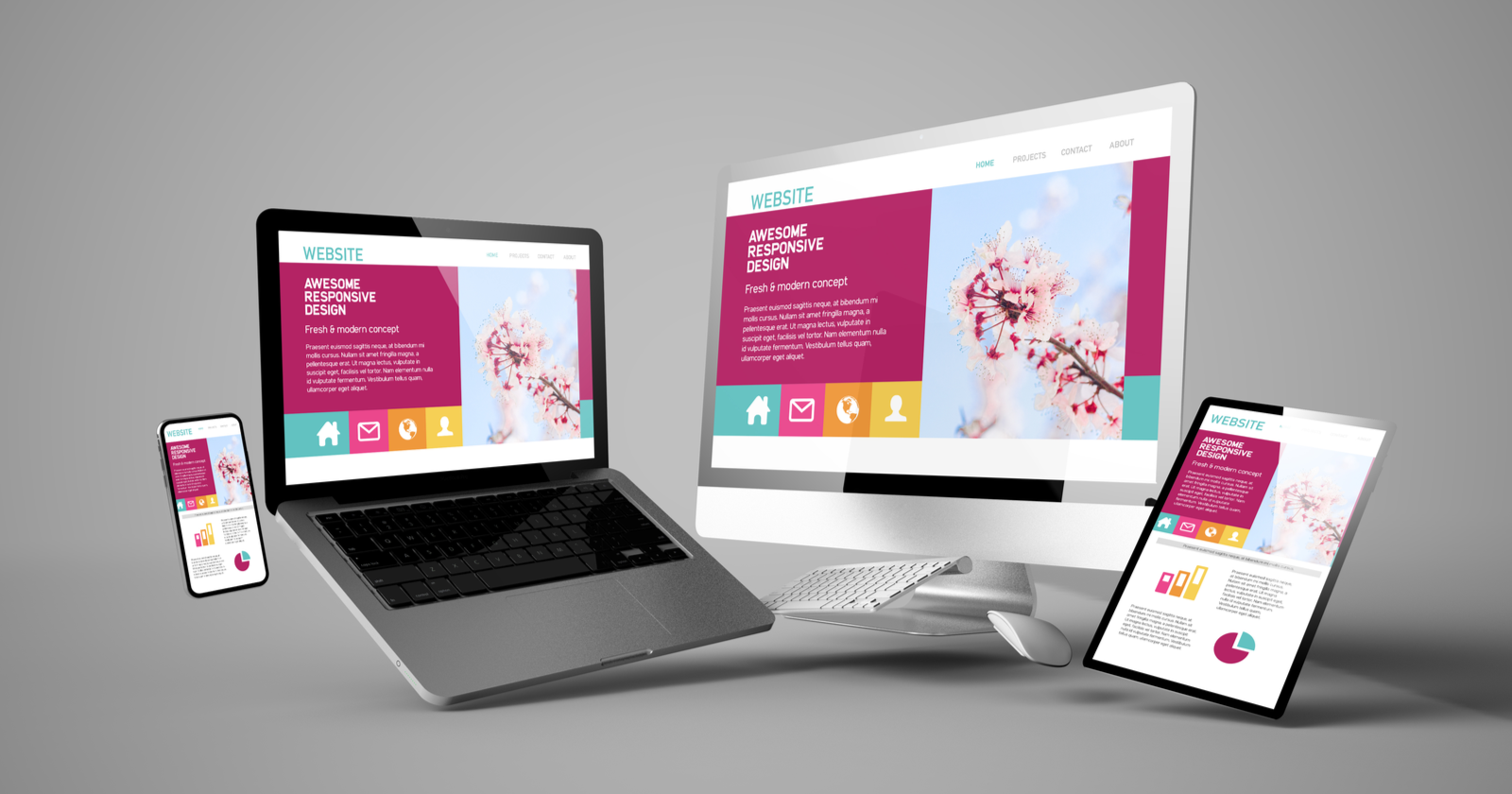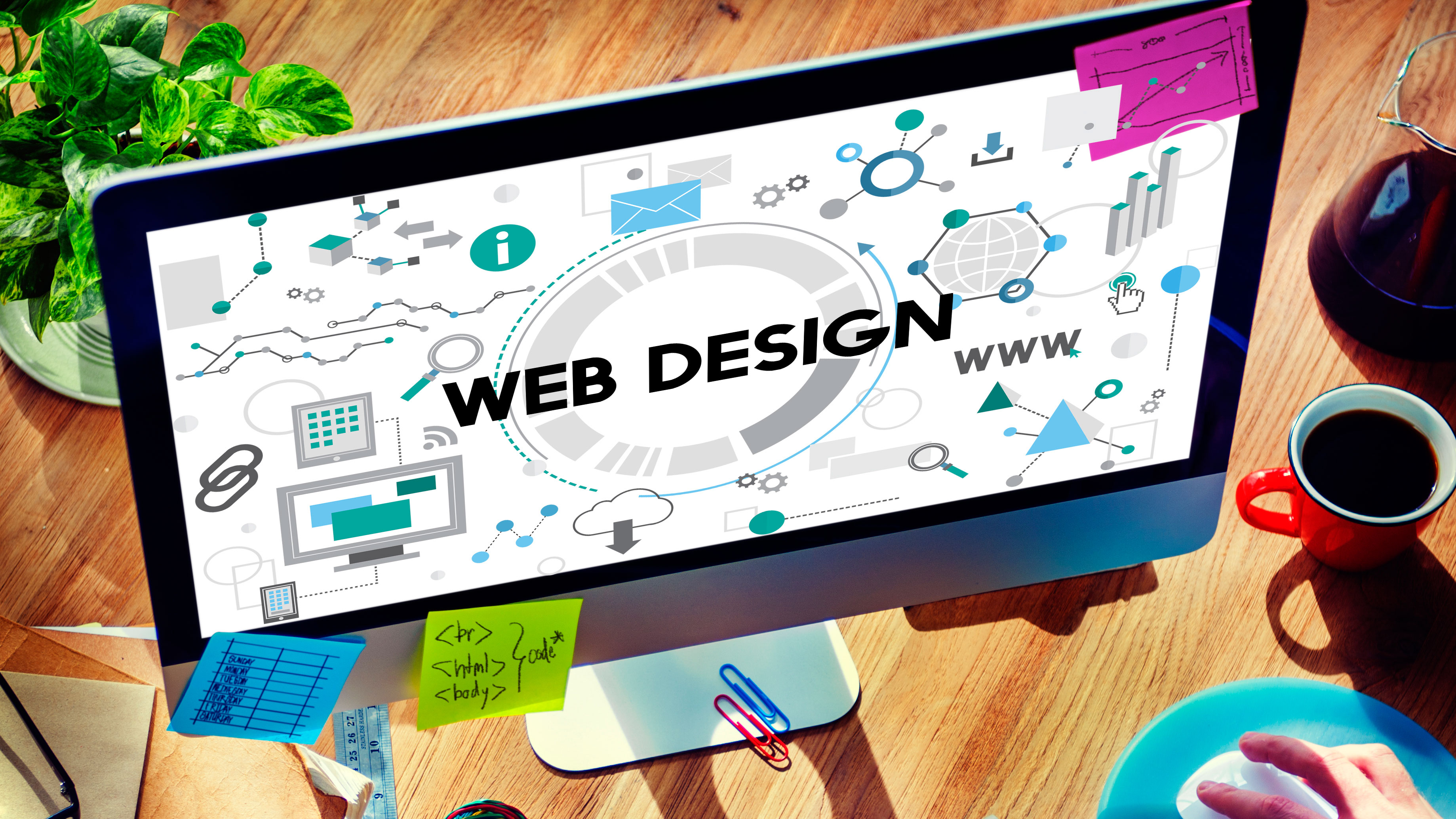Innovative Aligned Position Web Design: Future-Proof Websites for Businesses in Every Niche
The Best Kinds of Website Design to Enhance Individual Experience and Interaction
In the ever-evolving landscape of digital interaction, the performance of Web layout substantially impacts individual experience and involvement. Different layout techniques, such as minimal, responsive, and interactive designs, each deal unique benefits that can provide to diverse individual demands. Understanding which types of website design best serve these purposes can be pivotal for companies aiming to boost customer fulfillment and retention. The concern stays: which layout components truly resonate with individuals and foster significant interaction? The expedition of these concepts discloses crucial understandings that may redefine your technique to website design.
Minimalist Web Style
As digital landscapes become increasingly cluttered, minimal website design has actually become a powerful approach to boosting customer experience. This style ideology prioritizes simplicity, focusing on essential elements while removing unneeded diversions. By making use of adequate white area, straightforward navigating, and a limited shade combination, minimalist layout cultivates clearness and routes customer focus to vital material.
The core principle of minimal website design is to create a smooth interaction for customers. By minimizing cognitive tons, users can promptly comprehend information without really feeling overwhelmed. This straight technique not only boosts functionality but additionally motivates engagement, as site visitors are most likely to check out a website that is visually appealing and simple to navigate.
Furthermore, minimalist style often highlights typography and images, utilizing these elements tactically to share messages effectively. In essence, minimal Web style is not simply a fad; it is a thoughtful technique that recognizes the significance of user-centered design.
Responsive Website Design
In today's varied electronic setting, receptive Web design has ended up being necessary for developing a smooth customer experience throughout a plethora of tools. As customers accessibility web sites on smart devices, laptop computers, desktop computers, and tablets, the ability of an internet site to adjust its format and material to different screen dimensions and resolutions is vital.
Receptive Web style employs flexible grids, photos, and CSS media questions to guarantee that Web material is offered efficiently, no matter the device used. This technique not only enhances the aesthetic charm of a website but also considerably improves use. Individuals are a lot more likely to engage with a website that uses a consistent experience, as it removes the aggravation of needing to focus or scroll excessively.
By embracing receptive design, services can boost their visibility and reach a wider target market. In summary, receptive Web design is a fundamental practice that enhances individual experience, involvement, and general satisfaction.
Interactive Web Design
Receptive website design lays the groundwork for enhancing customer experience, but interactive website design takes this an action better by engaging users in a more dynamic method - Aligned Position Web Design. By including components such as animations, clickable models, and real-time feedback, interactive website design mesmerizes individuals, attracting them into a richer browsing experience
This approach not only cultivates interaction however likewise explanation urges customers to discover content proactively rather than passively consuming it. Techniques such as gamification, where users earn rewards for completing tasks, can dramatically boost the moment invested on a website and boost total complete satisfaction. Additionally, interactive functions can simplify complex information, making it much more digestible and pleasurable.

Integrating interactive layout elements can likewise bring about higher conversion prices, as users are most likely to engage with a site that proactively involves them. Aligned Position Web Design. Inevitably, interactive website design transforms customer experiences right into remarkable trips, making sure that site visitors return time after time
Flat Layout
Characterized by its minimalistic method, flat style highlights simplicity and performance, removing unnecessary components and concentrating on crucial functions. This style approach focuses on functionality, making sure that individuals can navigate user interfaces with ease and efficiency. By using a tidy visual, level design gets rid of the clutter frequently found in much more ornate designs, therefore improving customer emphasis on content and performance.
The trademark of flat layout exists in its usage of bold colors, straightforward typography, and geometric forms. These aspects contribute to a visually enticing interface that is both approachable and modern. In addition, level style fosters a sense of quality, enabling users to recognize essential activities and details without disturbance.
Additionally, flat layout is especially effective in receptive Web design, as its simpleness translates well throughout different tools and screen sizes. The lack of detailed structures and gradients lessens loading times, which is critical for preserving customer engagement. As digital landscapes proceed to progress, level style continues to be a relevant choice for developing user-friendly internet sites that enhance total experience. By concentrating on essential features, flat layout not only satisfies customer needs yet also urges seamless interaction, making it an essential part of effective Web style approaches.
Flexible Web Design
Adaptive Web style tailors the customer experience by developing multiple fixed designs tailored to different screen sizes and gadgets. Unlike receptive style, which fluidly readjusts a solitary layout, flexible design employs distinct layouts for particular breakpoints, making sure ideal discussion on different platforms. This technique enables developers to concentrate on the special attributes of each gadget, improving functionality by providing exactly what individuals need next page based on their context.
One of the key benefits of flexible Web style is its capability to enhance load times and efficiency. By offering customized material and images that fit the individual's tool, web sites can minimize information use and boost loading speeds. This is particularly useful for users with slower links or minimal information plans.

Additionally, adaptive layout assists in an extra controlled and constant branding experience. Considering that developers produce numerous layouts, they can guarantee that the aesthetic components align with the brand's news identification across various platforms - Aligned Position Web Design. This leads to a natural customer experience, enhancing engagement and promoting individual retention
Verdict
Minimal layout promotes clearness and focus, while receptive layout makes certain flexibility throughout different devices, advertising access. Jointly, these style comes close to contribute to the creation of straightforward atmospheres that not only improve contentment yet additionally drive higher conversion prices, emphasizing their vital significance in modern Web style techniques.

Minimalist style fosters clearness and focus, while responsive style makes sure flexibility throughout numerous tools, advertising access. Jointly, these layout comes close to add to the production of user-friendly environments that not only boost satisfaction yet likewise drive higher conversion rates, underscoring their vital value in contemporary Web design strategies.